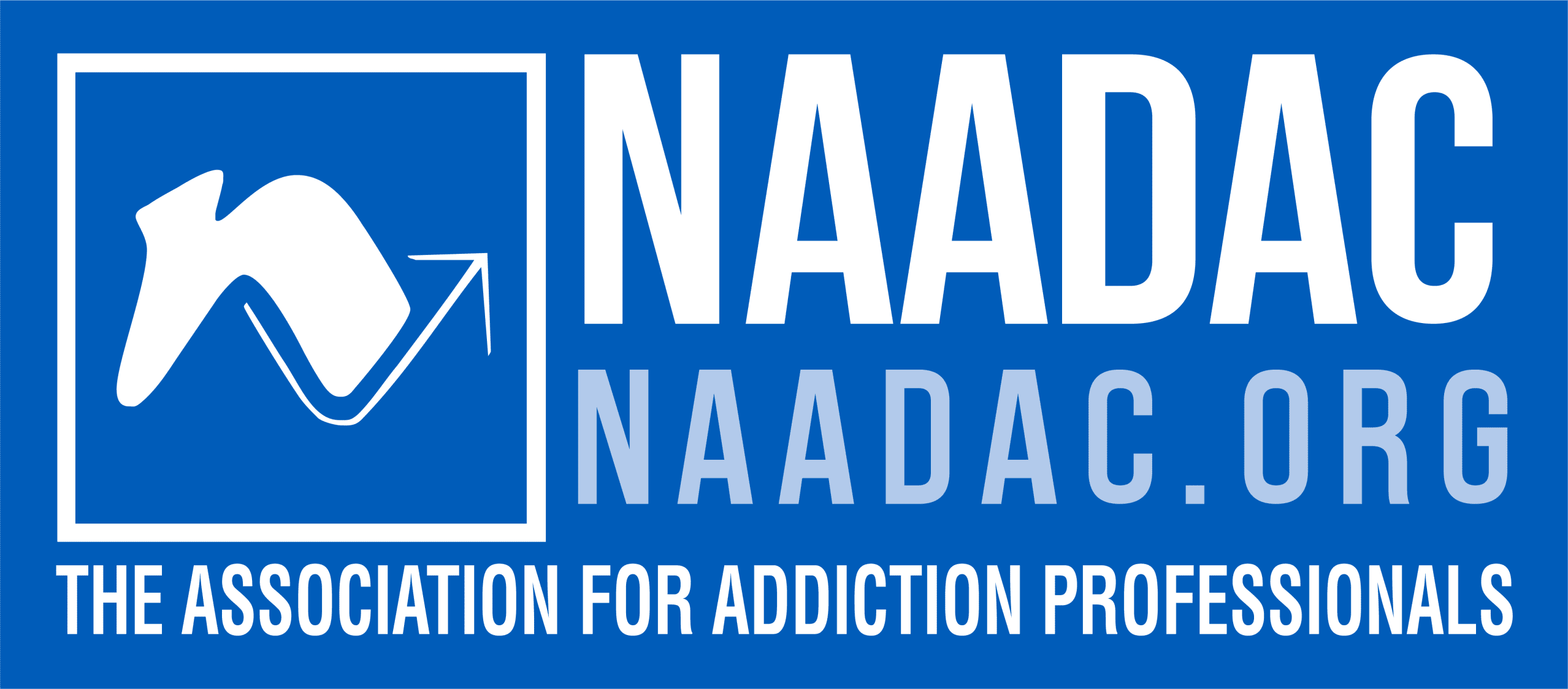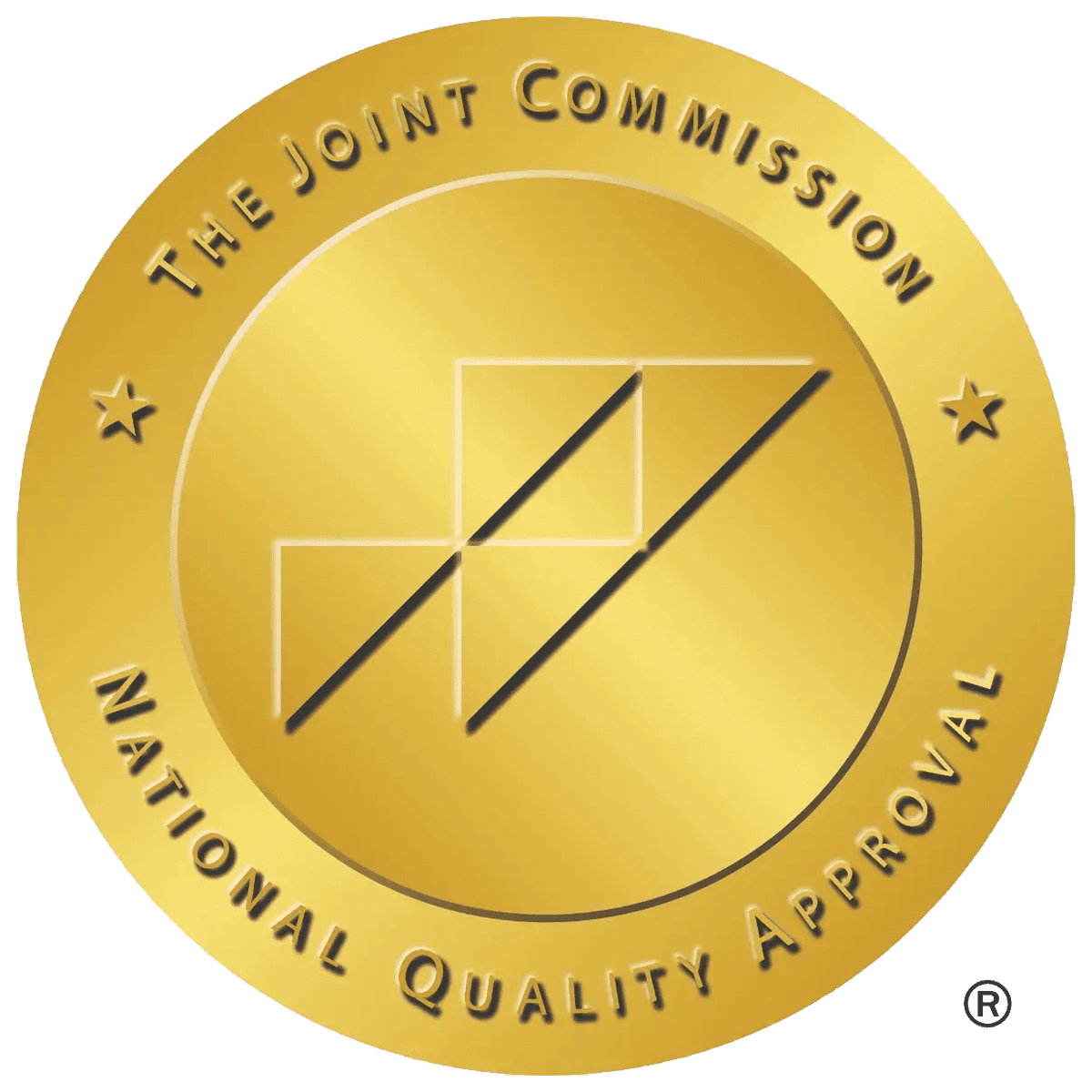Doral Addiction: Detox, Withdrawal, and Treatment Help
GET HELP TODAY!
100% Confidentiality Guaranteed


What Is Doral?
Doral is the brand name for quazepam, a prescription medication used to treat insomnia. It belongs to a class of drugs called benzodiazepines. Doral helps people fall asleep and stay asleep by acting on GABA receptors in the brain, which produce calming effects.
The medication usually comes in 7.5 mg orange tablets. Some patients may consume up to 15 mg if their doctor deems it necessary.
Doral is a long-acting benzodiazepine. Because of this, it typically causes fewer side effects than short-acting ones. However, using it for a long time or in high doses may lead to physical dependence and addiction.
Even when taken as prescribed, Doral can be habit-forming. Its risk for prescription drug abuse puts it in Schedule IV of the controlled substances list in the United States.
Doctors should only use Doral for short-term relief. This is similar to how they use other sleep aids like Ambien or Sonata. They should monitor its use closely.
Common Slang for Benzodiazepines
Street names for benzodiazepines like Doral include:
- Benzos
- Downers
- Tranks
- Nerve pills
These slang terms are often used among those misusing prescription drugs for recreational purposes.
Doral Abuse and Addiction
Many people become addicted to Doral after using it to treat sleep issues. The National Survey on Drug Use and Health reported a finding. In 2017, over 739,000 Americans had a benzodiazepine use disorder.
Some users start by following their prescription. They might slowly raise their dose, see different doctors, or keep using the drug even after they feel better. These behaviors can lead to addiction.
A report from the American Journal of Public Health found that benzodiazepine prescriptions increased by 67%. This increase happened between 1999 and 2013. In that time, overdose deaths involving these drugs increased sevenfold. Combining benzodiazepines with opioids or alcohol also increases the risk of fatal overdose.
Side Effects of Doral Abuse
Taking Doral improperly or in large amounts can cause dangerous side effects. These include:
- Drowsiness
- Dizziness
- Slurred speech
- Weakness
- Blurred vision
- Confusion
- Anxiety or mood swings
- Breathing difficulties
- Loss of coordination
- Headaches
- Insomnia
- Coma in extreme cases
Side effects may worsen when combined with other medications or if the user has underlying medical conditions.
Signs of Doral Addiction
Addiction to Doral can develop slowly. Common signs include:
- Needing larger doses to feel the same effect
- Trouble stopping the drug
- Isolation from family members
- Lying about symptoms to get prescriptions
- Poor hygiene
- Mood changes or mental health issues
- Visiting multiple doctors
- Showing benzodiazepine withdrawal symptoms
Doral addiction is more likely in people with a history of substance abuse or mental illness. The use of high doses or prolonged use increases the risk.
Doral Detox and Withdrawal
Stopping Doral suddenly can cause uncomfortable and sometimes dangerous withdrawal symptoms. A medically supervised detox program is the safest way to manage the process. Symptoms of withdrawal may include:
- Irritability
- Panic attacks
- Tremors
- Muscle pain
- Sweating
- Nausea
- Insomnia
- Difficulty concentrating
- Seizures
- Psychosis
- Delirium tremens
These symptoms occur because the body becomes dependent on the drug. Without proper medical care, the withdrawal phase can be life threatening.
Doral Withdrawal Timeline
Withdrawal from Doral varies based on many factors, including:
- Length of use
- Dosage levels
- Co-use of alcohol or other drugs
- Genetics or health conditions
- Presence of mental health disorders
Here’s a general timeline:
Week 1: Mild symptoms such as irritability and insomnia begin.
Week 2: Symptoms intensify. Seizures may occur if use was heavy or prolonged.
Weeks 3–5: Symptoms start to fade. Psychological issues may linger longer.
Post-acute withdrawal symptoms can last for several months, making relapse prevention a critical part of recovery.
More Time. More Joy. More You. Start Now.
WE ACCEPT MOST INSURANCES
Treatment for Doral Addiction
Detox is the first step, but long-term care is essential for recovery. The National Institute on Drug Abuse emphasizes that effective treatment for drug addiction should last at least 90 days. Many treatment services include therapy, coping skills, and relapse prevention strategies.
Components of a Doral Addiction Treatment Program
- Individual and group counseling
- Behavioral therapy
- Medication management
- Support groups
- Mental health care
- Relapse prevention education
- Life skills training
- Continuing care after formal rehab ends
Programs offer these services in both inpatient and outpatient formats. Choosing the right one depends on individual needs.
“Stronger” isn’t a useful or safe comparison. Effectiveness and side effects depend on dose, metabolism, age, other medicines, and sleep problems. Alternatives to temazepam include other benzodiazepine hypnotics (e.g., quazepam, estazolam, flurazepam) and non-benzodiazepine options (e.g., zolpidem, eszopiclone, zaleplon) as well as doxepin or CBT-I. Your clinician will choose what’s safest for you.
Doral® is the best-known brand name for quazepam.
Clinical sleep effects generally cover the entire night (6–8+ hours), while drug/metabolite levels can persist into the next day, especially with repeated dosing. Because of this, avoid driving or hazardous tasks until you know how you respond.
Do not mix with alcohol, opioids, other sleep meds, or benzodiazepines—the combination can cause dangerous sedation and breathing problems.
Use the lowest effective dose for the shortest time.
Do not stop suddenly after regular use; ask your prescriber about a gradual taper to prevent withdrawal.
Quazepam (brand name Doral) is a benzodiazepine hypnotic prescribed for insomnia—specifically trouble falling asleep and/or staying asleep. It works by calming overactive brain activity to promote sleep.
Availability in the U.S. has varied over time and quazepam is not widely stocked. Because supply changes, check with your pharmacist or prescriber for current availability in your area.
Yes. Quazepam is a Schedule IV controlled substance due to risks of misuse, dependence, and withdrawal. Use only as prescribed and never share your medication.
Yes. Quazepam is considered long-acting. Its active metabolites remain in the body for more than a day, so next-morning drowsiness or impaired alertness can occur—especially with higher doses or in older adults.
Inpatient vs. Outpatient Drug Rehab
Two main levels of care exist for Doral addiction:
Inpatient Drug Rehab
- Clients live at the facility full-time
- Highly structured environment
- Ideal for those with severe addiction or unstable home life
- Residential drug rehab offers intensive support
Intensive Outpatient Program (IOP)
- Clients attend sessions but live at home
- Flexibility for work, school, or family
- May include evening or weekend programs
- Best for those with a stable support system
The right level of care depends on the person’s health, addiction severity, mental health conditions, and personal obligations. Many intensive outpatient drug rehab treatment options are available to meet a range of needs.
Paying for Treatment
Doral rehab programs accept many forms of payment. These include:
- Health insurance
- Employee Assistance Programs (EAPs)
- Scholarships or grants
- Sliding-scale fees
- Private payment plans
Public health initiatives also help reduce treatment barriers. Speak to a healthcare professional or treatment center to explore options.
Freedom Starts Here. Take Back Your Life Today.
Same-Day Admissions in Austin Available.
Continuing Care and Relapse Prevention
Recovery does not end with rehab. Continuing care is essential to long-term recovery and relapse prevention.
Sober Living Programs
Sober living homes offer structured, safe spaces for individuals transitioning out of treatment. They provide:
- Drug testing
- Peer support
- Employment assistance
- Counseling
- Tiered recovery programs
These programs are especially useful for people without stable housing or those who benefit from continued structure and accountability.
Aftercare and Support Groups
Aftercare programs offer group therapy and individual support. They often include:
- Weekly check-ins
- Peer-led groups like AA or NA
- Support from mental health professionals
- Discussions focused on coping strategies
Ongoing support from aftercare and support groups improves quality of life and reduces relapse risk.
Risk Factors for Doral Addiction
Certain factors increase the risk of developing an addiction. These include:
- A history of mental health disorders
- Family history of substance abuse
- High-stress environments
- Poor social support
- Co-existing medical conditions
These risk factors can increase the likelihood of developing a dependence on Doral or other prescription medications. Treatment plans should address these elements to be effective.
Comprehensive Recovery Support for Doral Addiction
Doral addiction is serious, but recovery is possible with the right care. A combination of detox, therapy, and continuing support gives people the best chance at long-term recovery. Programs offer personalized treatment plans based on medical conditions, mental health, and individual goals.
If you or someone you love is struggling with Doral addiction, Nova Recovery Center can help. We offer inpatient drug rehab, intensive outpatient program IOP services, and access to licensed mental health professionals. Reach out today to start your journey toward lasting sobriety.